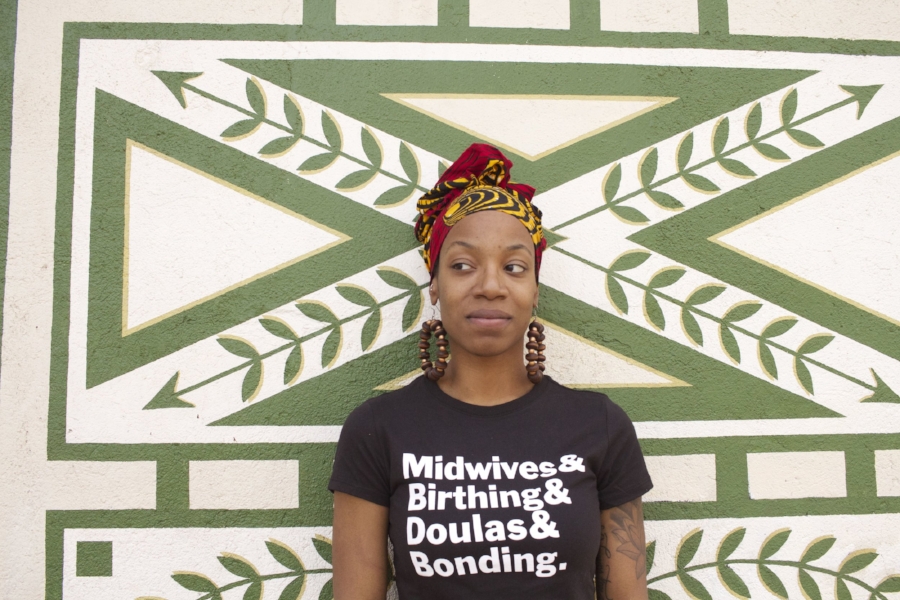When my family first met my adopted daughter, an aunt commented, “She could be for you.” That was the Beaumont, Texas equivalent of “You could have given birth to her.” And she was right—my baby girl not only looks like me now, my baby pictures could be hers.
The day we met, I noticed we had the same coloring and teeny weenie curly afro. It was like staring at a magic mirror for twins separated by four plus decades. I held her for hours, not wanting to leave her. After we finally parted, her spirit stayed with me for weeks. I shared her picture with close friends who immediately commented on our physical similarities and even went so far as to proclaim, “That’s your baby.”

Wherever we go, no one assumes either of my children is adopted. Upon learning that they are, I am asked how I managed to get two kids who look just like me. They wonder if I chose them and I respond that we chose each other. This is the ease that comes with a same-race adoption. There is, however, one potential downside to having an adopted doppelganger: delaying the adoption conversation with my daughter.
My son knows that just as his skin is brown, he is adopted. I made a point to tell him early. But when my mini-me entered the picture, the conversation about adoption had gone out of the window. By the time she came along, my son and I were in a groove. We already functioned like a traditional family with school activities, bedtime rituals, and play dates; I forgot that he’s adopted. Likewise, my thoughts were not focused on my daughter being adopted, but on the day-to-day routine that comes with having a new baby. Did I childproof everything? Is this the right childcare environment for her?
During adoption training classes, prospective parents are advised to have the “talk” early. There are several reasons for this. One, a child shouldn’t be shocked to learn that she has been adopted. Finding out can be humiliating and embarrassing, and can damage a child’s trust in their parent. (Family gatherings are notorious minefields when it comes to delicate matters, especially if a loose-lipped relative unwittingly spills the beans.) Second, adopted children need to be prepared for not seeing newborn or baby pictures of themselves. Adopted children also need talking points for when their friends inquire about their parentage. By having this conversation early and often, the child grows to understand that she or he was carried in their adoptive mother’s heart and were very much wanted.
Admittedly, my daughter has not heard the word “adoption” as often as her brother had at this age. Our strong family resemblance has cut down on questions of paternity, thereby making it easier for me to go about the business of raising them; we’ve gelled as a family, and I often forget that I’m not her birth mother. However these excuses do not absolve me from the “talk.” It is my parental duty to arm her with the truth, because she will start asking questions before I know it.
You can purchase Nefertiti’s memoir Motherhood So White: A Memoir of Race, Gender, and Parenting in America on Amazon or Bookshop.org.
This article includes affiliate links. mater mea may receive a commission from items purchased through these links.
















